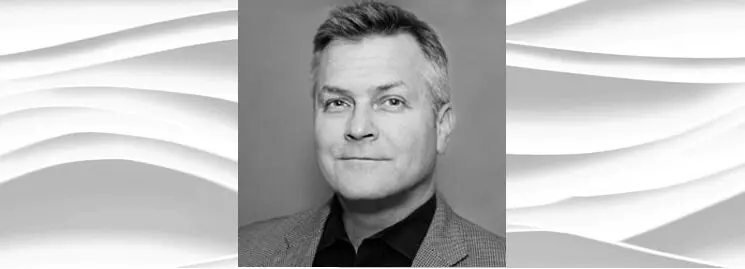Episode 148 – Prompt Engineering: A New Skill That Professional Service Firms Need to Learn – Member Case by Stephen Straus and Numa Dhamani
Generative AI is transforming the professional services industry, lifting productivity levels to heights thought unobtainable. Interacting with large language models has become a required core competency. This is best done via prompt engineering. Attend this session and learn this new skill from a machine learning engineer.





